Step forward: an eco-friendly urban park outside Paris stacked with playful prefabs
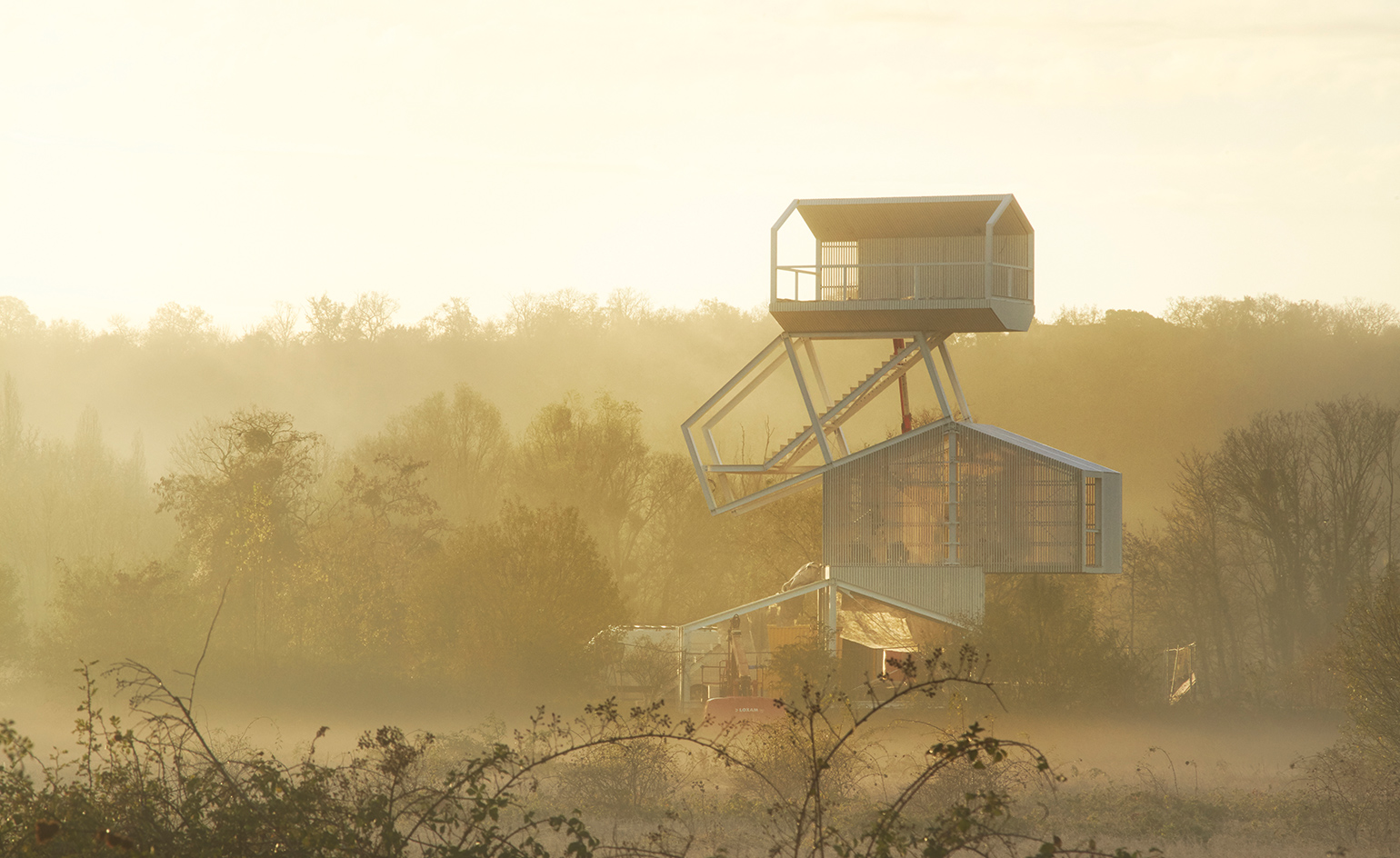
This vast green space in Carrières-sous-Poissy used to be little more than a wasteland. Wild and overgrown, it was the type of place, says architect Alessandra Cianchetta, where people would go to burn cars. Though large, it was certainly not a destination; travelling from the train station, she had to show the taxi driver a map to direct him there.
Cradled in an elbow of the Seine, 30km north-west of Paris, the land is an L-shaped tract covering 113 hectares, straddling nature and the city. On one side there’s the town, with its modest suburban houses and some rougher housing projects. The river, dotted with barges and houseboats, flanks the opposite side. Across the water stands Le Corbusier’s Villa Savoye and the bourgeois homes of Saint-Germain-en-Laye.
The population of Carrières-sous-Poissy is growing quickly as part of the Grand Paris development project. As for this green space, public authorities are spending close to €25m to turn it into an eco-friendly public park for the locals, dubbed Le Parc du Peuple de l’Herbe (which translates roughly to ‘Park of the People of the Grass’).
In early 2011, they hired the landscape architect Agence TER to create walkways and leisure areas, clean up the soil and plant thousands of shrubs and trees, all while maintaining the natural anarchy of the site. That same year, Cianchetta’s Paris-based architecture firm AWP (Marc Armengaud, Matthias Armengaud and Cianchetta) and Swiss architects HHF (Tilo Herlach, Simon Hartmann and Simon Frommenwiler) won a competition to create the park’s permanent structures. They designed three main elements and 11 follies, or what they call ‘small, surreptitious constructions’, to guide the flow of people and offer activities such as yoga or theatre.
Using prefab wood structures like preschoolers’ building blocks, the architects came up with a design that is both budget-friendly and elegant. Underscoring the urban/maritime duality of the site, they took the pentagon shape of a typical suburban house – a box with a peaked roof – then repeated and combined it. The structures are clad in vertical strips of timber and painted white in sections. Each one has a recessed base, giving the impression that they are floating above the ground like the barges on the nearby Seine.
The main building – an exhibition centre and new insect museum – comprises five of these house-shaped structures. They intersect at unlikely angles, so that an exposed beam holding up one module often extends into an adjoining one, finishing in unexpected groupings of columns, ‘like a forest’.
Within, the building is modern and light-filled, with high ceilings and white-varnished timber walls panelled in wide boards or narrow strips. A wooden brise soleil covers the large, house-shaped glass wall in the main exhibition space, filtering sunlight in parallel ribbons across the pale grey resin floor.
A glasshouse will hold a live butterfly exhibit.
Cianchetta takes pride in the fact that though this is a cost-conscious public commission, they didn’t cut corners on details, using high-quality door handles from Switzerland and attractive lighting even in places most people won’t see it, such as the boiler room. When evening falls, neon tubes on the ceiling make the building glow like a lantern. ‘We should not treat the public like they can’t be sophisticated,’ she says. ‘If you give people places and things that are beautiful, they will feel it is beautiful, and it will be much better than having fakely democratic crap.’
What’s visible outside is as important as what’s inside, and the architects took great care in how they presented views of the park. Cianchetta, an Italian, says, ‘I’m interested in landscape, in viewing, in Antonioni’s [1966 film] Blow-Up and the scene in Maryon Park, this idea of framing. Le Corbusier was also obsessed with framing things. So the plan of this building, with all these angles, is the result of this desire to orientate different openings towards different parts of the park.’
She leads the way through the muddy field to the most spectacular feature of the project, a white steel and wood observatory tower, 12m high. It consists of four house-shaped boxes, piled one on top of another to look like a few are sliding to the ground. Exposed staircases zigzag up three levels and glassless windows offer 360-degree views over the park.
The park’s official opening is next December. Still to be built are the guinguette (a waterside restaurant on stilts with a terrace for dancing) and the follies, which may or may not come to fruition. Cianchetta says the whole project nearly died a little more than a year ago due to the struggling economy.
In an era of government cutbacks, creating a public park filled with surreptitious structures might strike some as folly. Fortunately, there is another point of view.
As originally featured in the April 2016 issue of Wallpaper* (W*205)
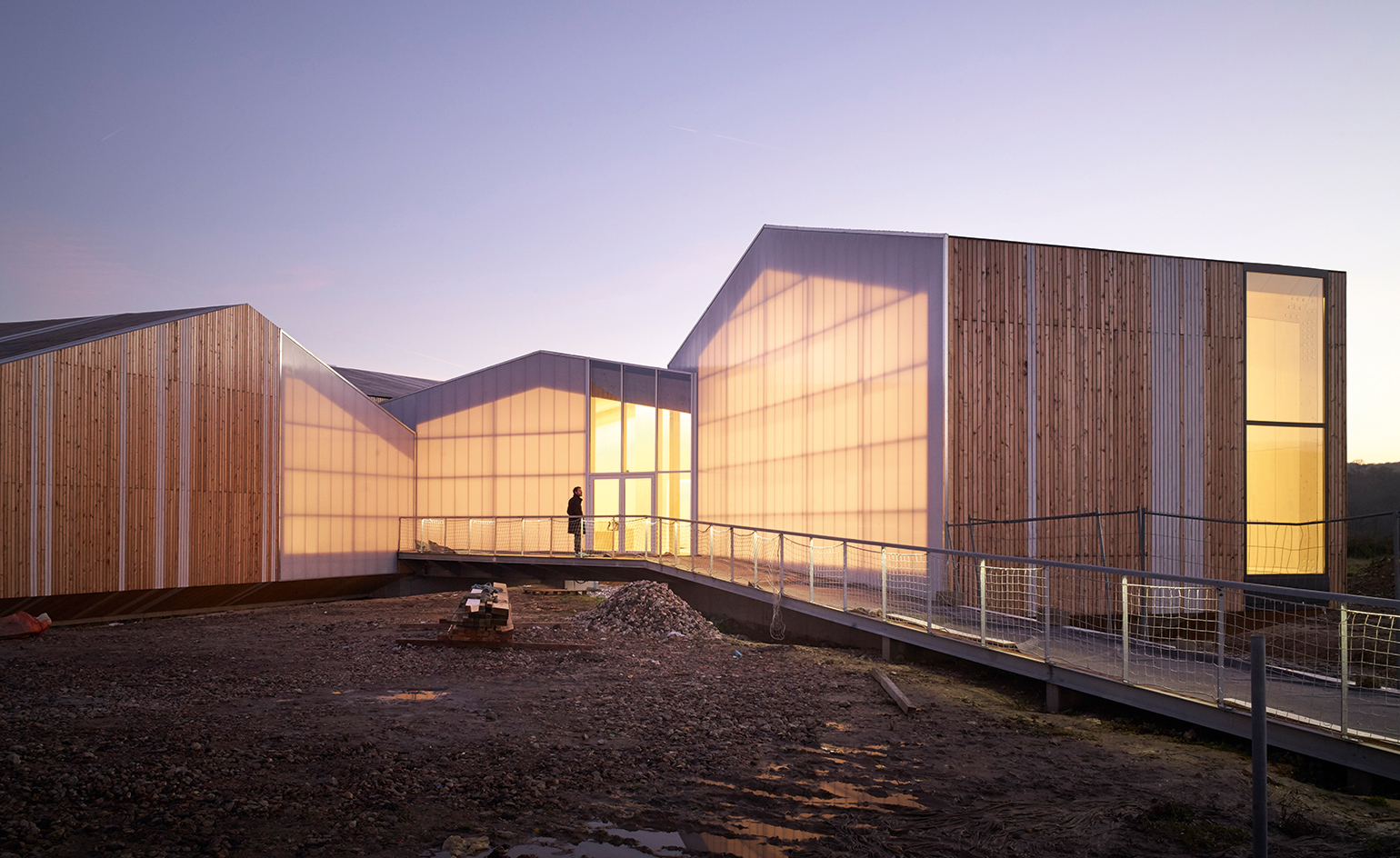
The Exhibition Centre and Insect Museum comprises five house-shaped structures, which intersect at unlikely angles
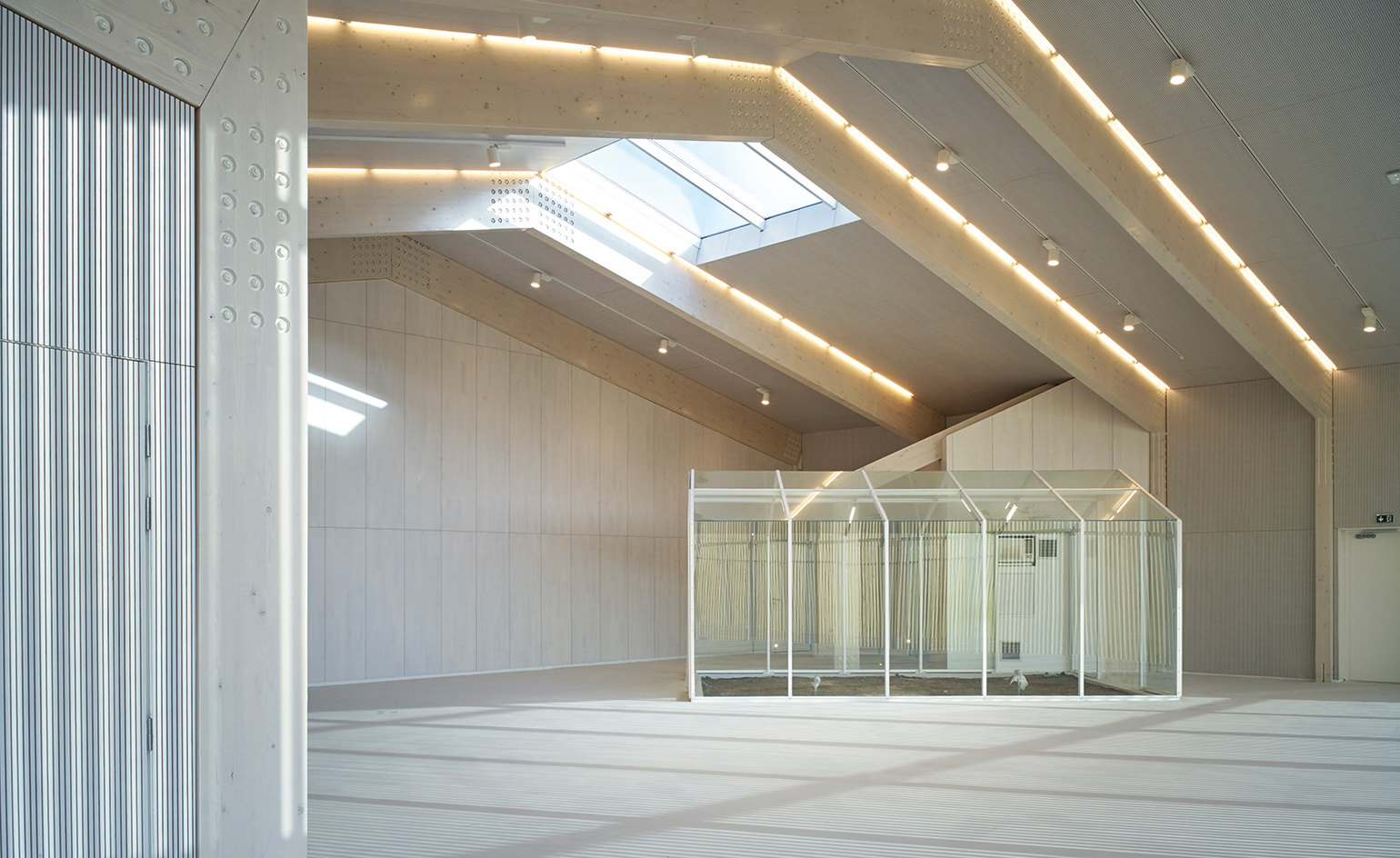
Neon tubes make the building glow like a lantern come evening
INFORMATION
For more information, visit the Sein City Park website
Photography: Julien Lanoo
Wallpaper* Newsletter
Receive our daily digest of inspiration, escapism and design stories from around the world direct to your inbox.
-
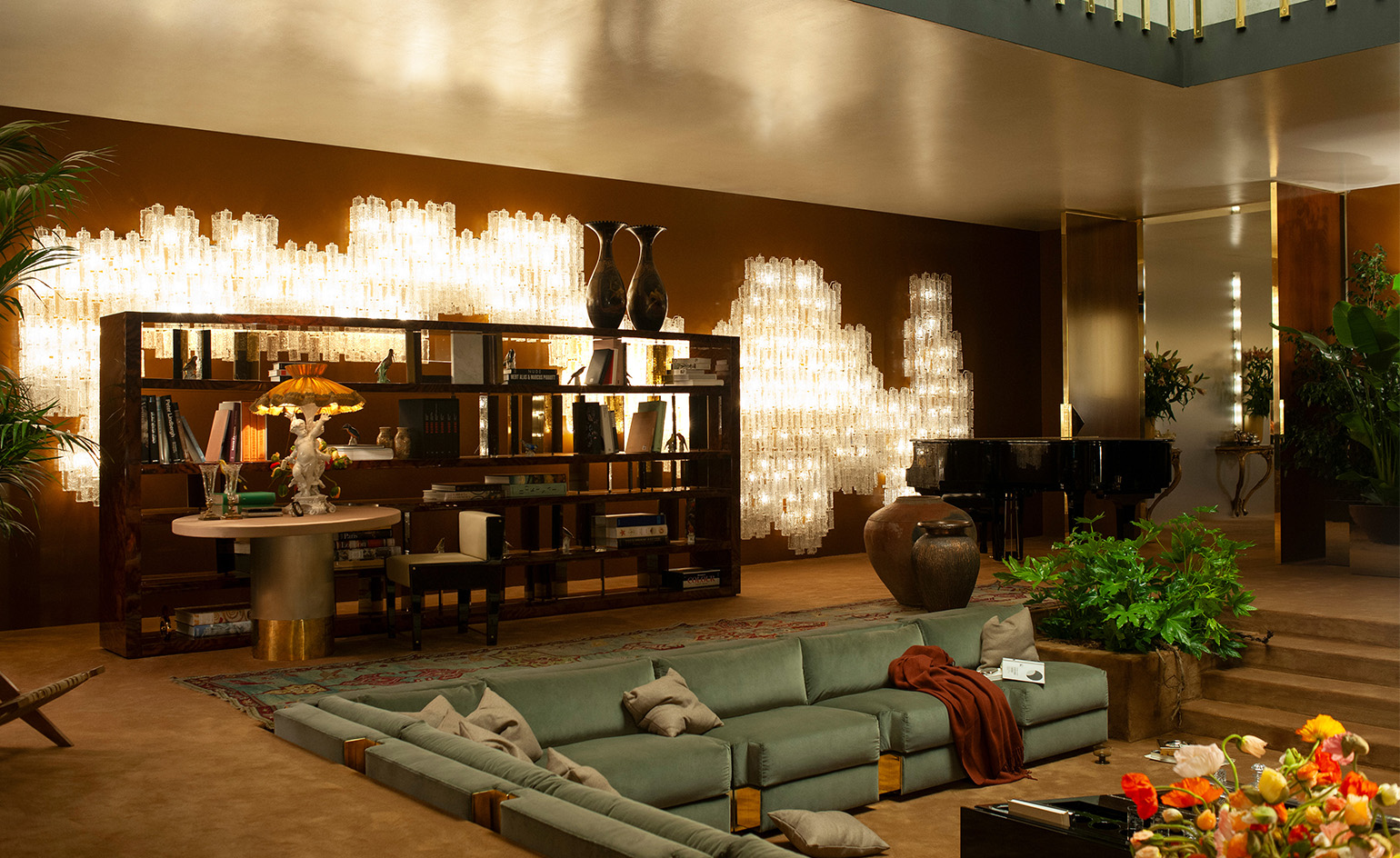 Dimoremilano and Loro Piana channel 1970s cinema in decadent Milan display
Dimoremilano and Loro Piana channel 1970s cinema in decadent Milan displayAt Milan Design Week 2025, Dimorestudio has directed and staged an immersive, film-inspired installation to present new furniture and decor for Loro Piana
By Dan Howarth Published
-
 The new Google Pixel 9a is a competent companion on the pathway to the world of AI
The new Google Pixel 9a is a competent companion on the pathway to the world of AIGoogle’s reputation for effective and efficient hardware is bolstered by the introduction of the new Pixel 9a, a mid-tier smartphone designed to endure
By Jonathan Bell Published
-
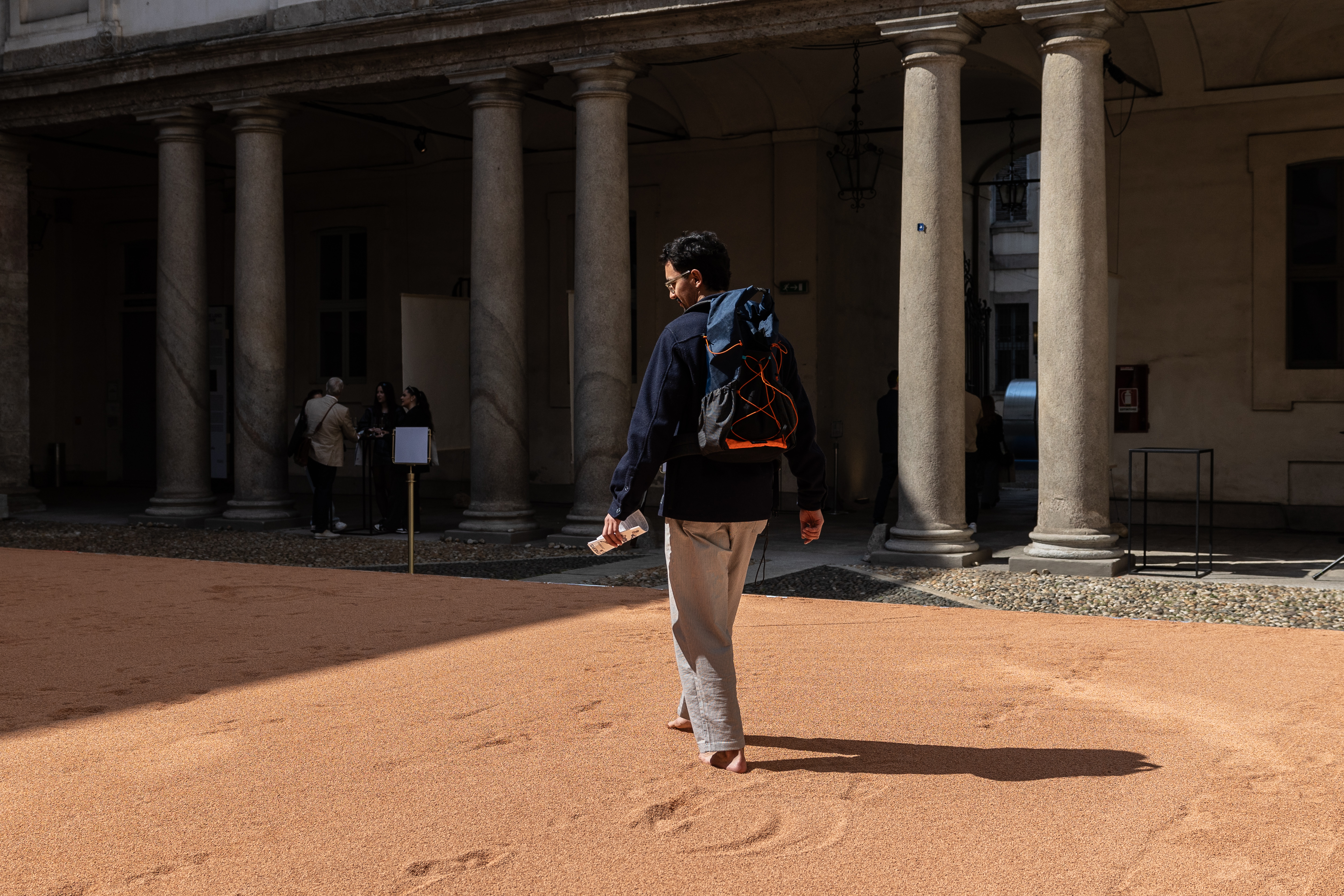 In Milan, MoscaPartners presents a poetic exploration of ‘migration’
In Milan, MoscaPartners presents a poetic exploration of ‘migration’Alongside immersive work by Byoung Cho, MoscaPartners’ Milan Design Week 2025 display features an accessible exhibition path designed for visually impaired visitors
By Cristina Kiran Piotti Published
-
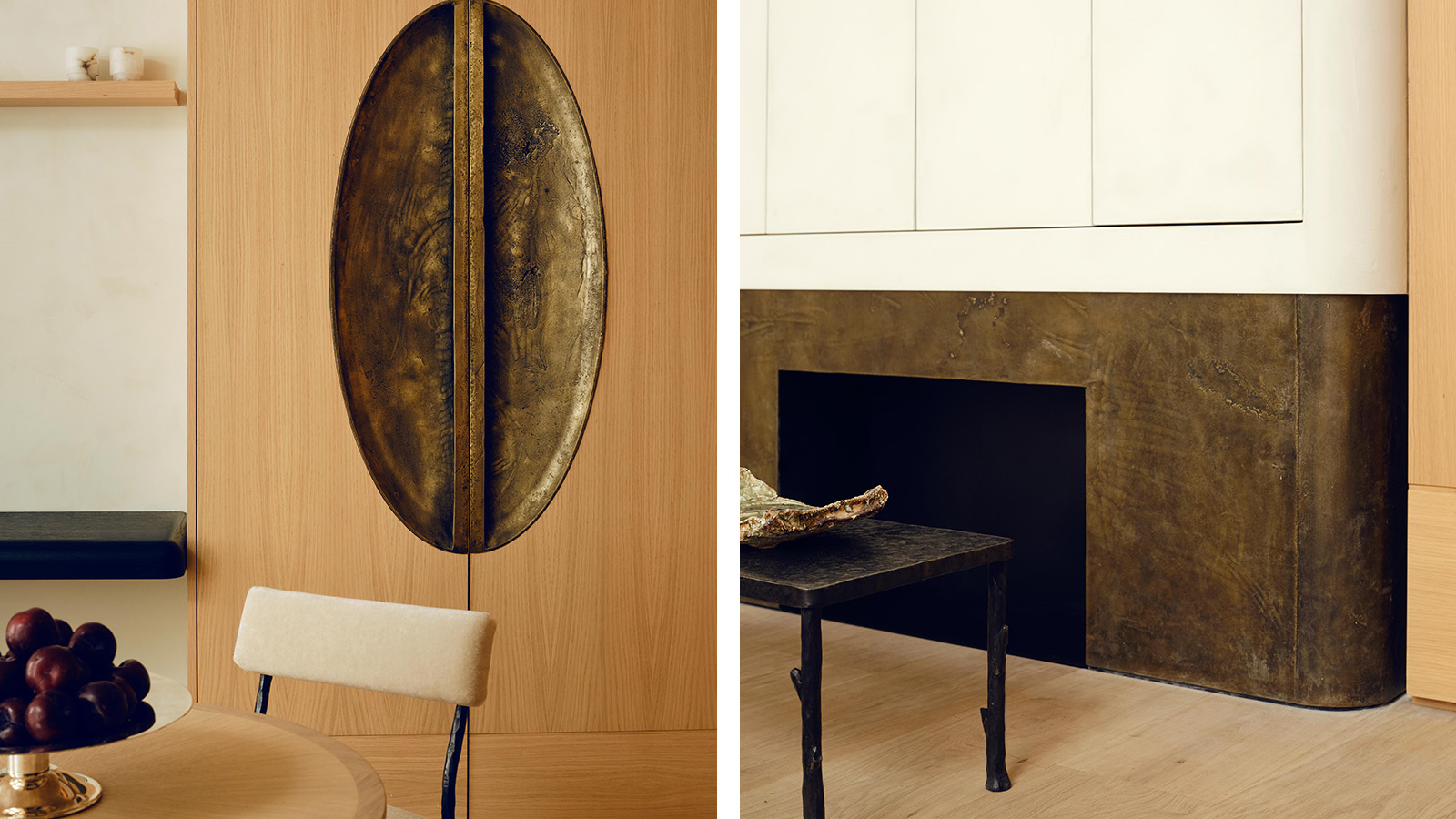 Stay in a Parisian apartment which artfully balances minimalism and warmth
Stay in a Parisian apartment which artfully balances minimalism and warmthTour this pied-a-terre in the 7th arrondissement, designed by Valeriane Lazard
By Ellie Stathaki Published
-
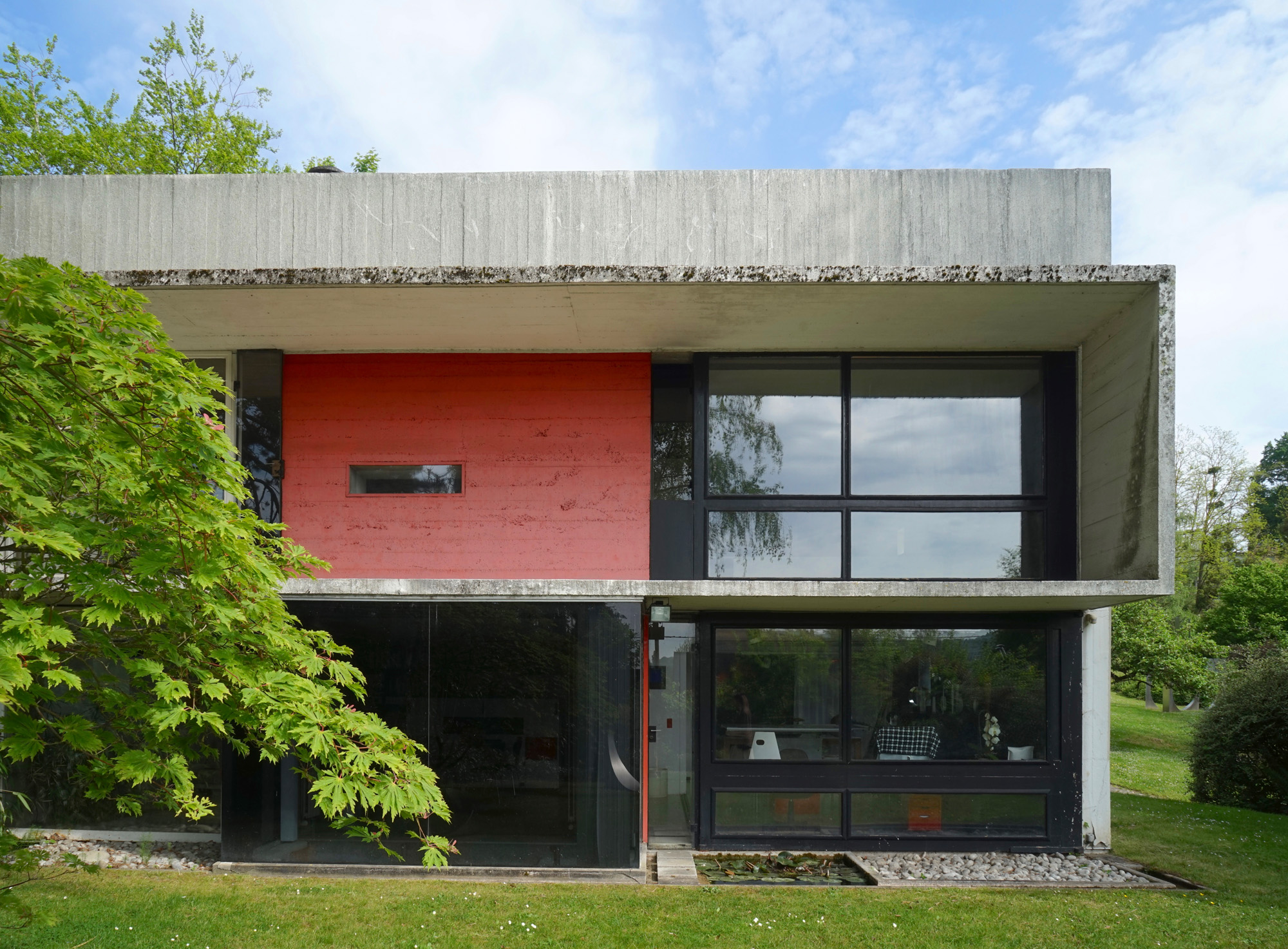 Marta Pan and André Wogenscky's legacy is alive through their modernist home in France
Marta Pan and André Wogenscky's legacy is alive through their modernist home in FranceFondation Marta Pan – André Wogenscky: how a creative couple’s sculptural masterpiece in France keeps its authors’ legacy alive
By Adam Štěch Published
-
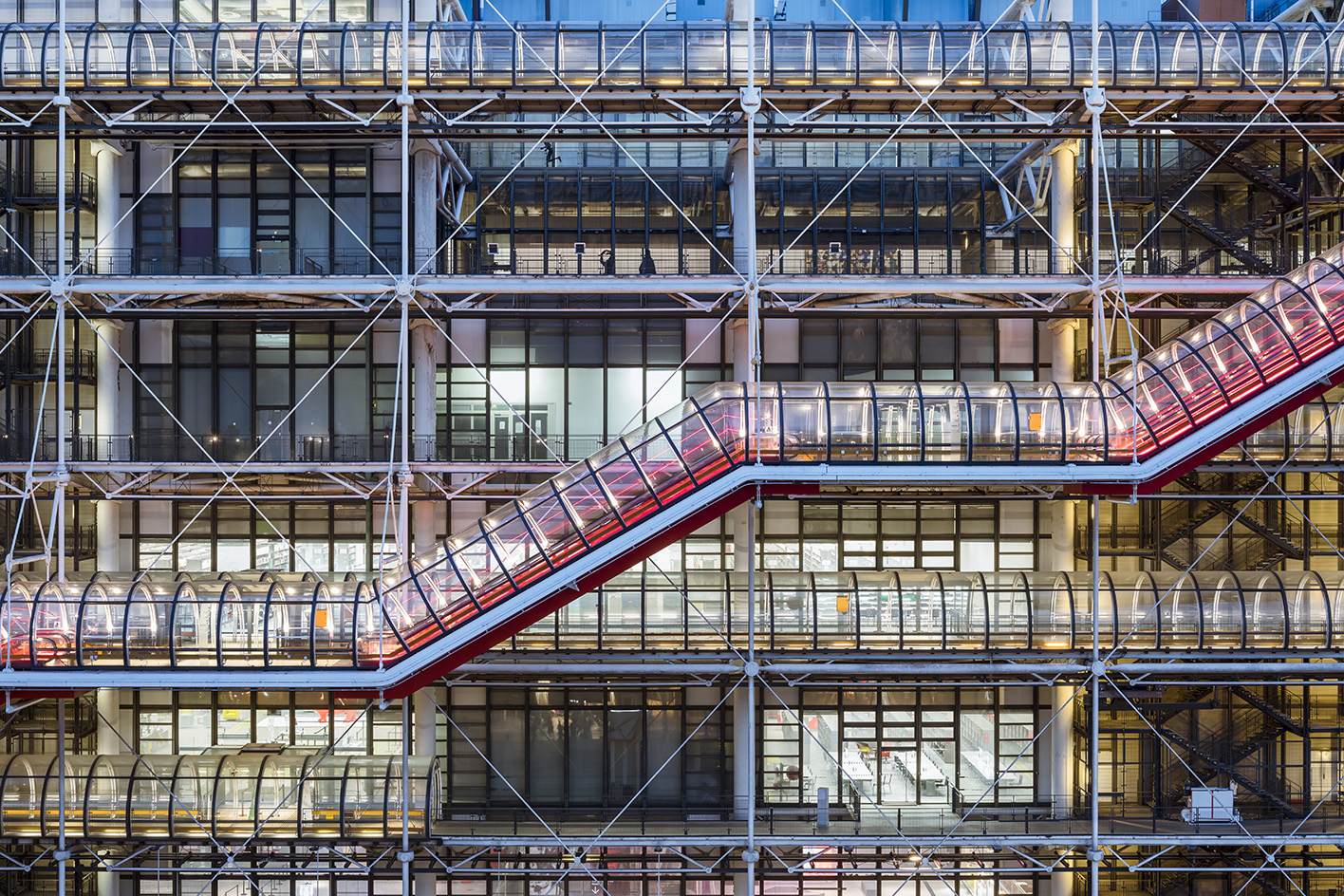 The museum of the future: how architects are redefining cultural landmarks
The museum of the future: how architects are redefining cultural landmarksWhat does the museum of the future look like? As art evolves, so do the spaces that house it – pushing architects to rethink form and function
By Katherine McGrath Published
-
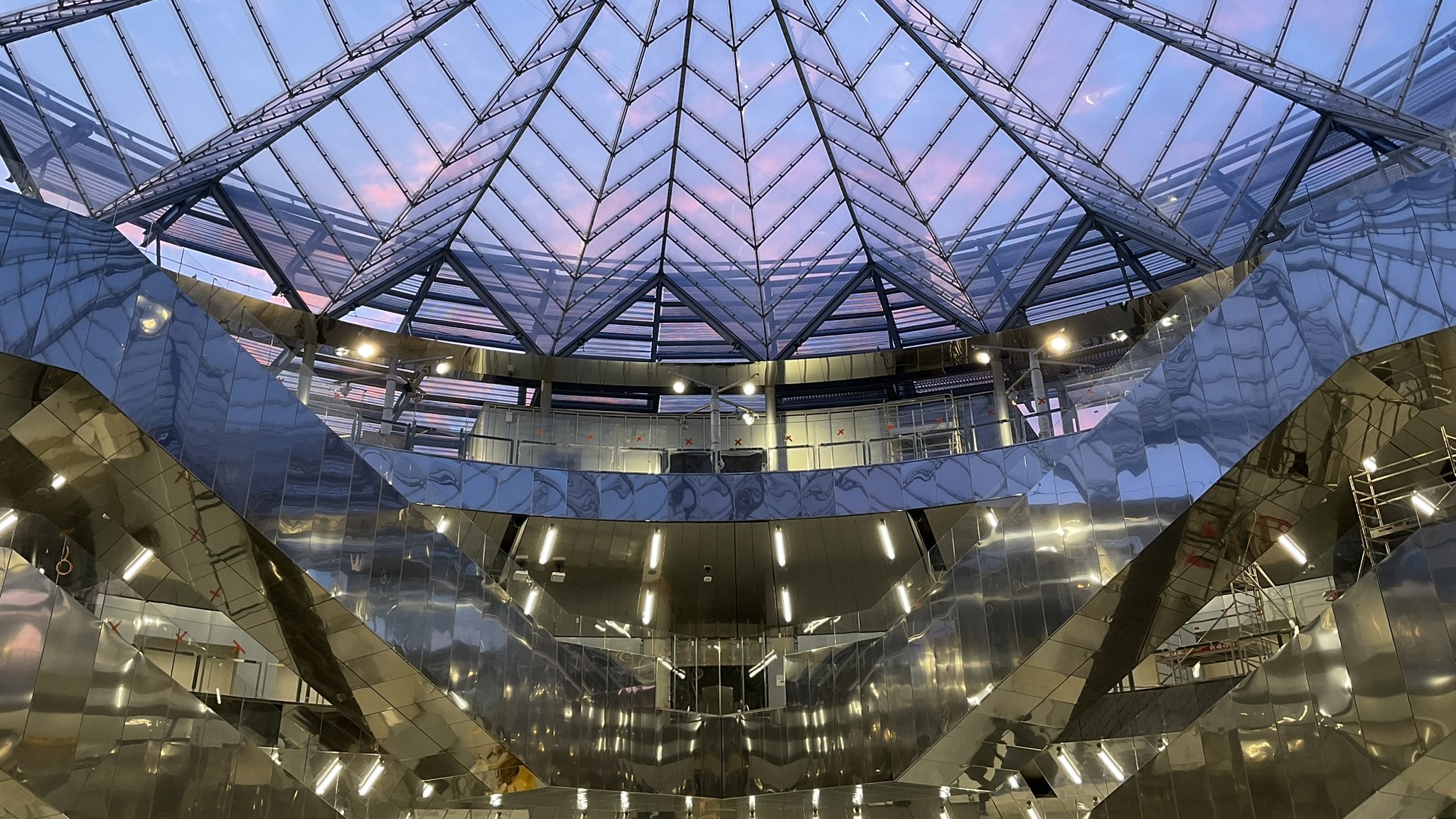 Paris’ architecturally fascinating Villejuif-Gustave Roussy metro station is now open
Paris’ architecturally fascinating Villejuif-Gustave Roussy metro station is now openVillejuif-Gustave Roussy is part of the new Grand Paris Express, a transport network that will raise the architectural profile of the Paris suburbs
By Anna Solomon Published
-
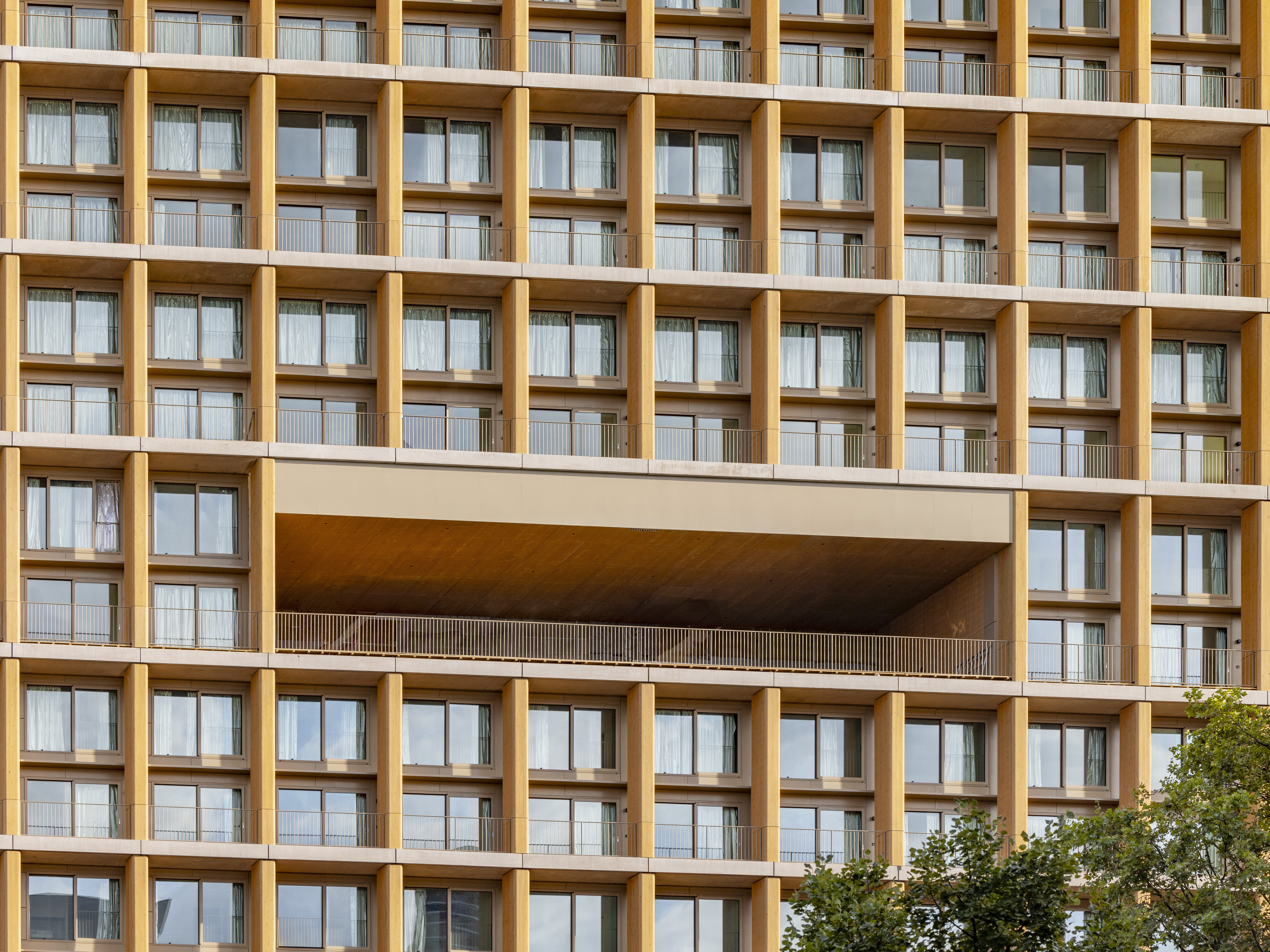 Explore wood architecture, Paris' new timber tower and how to make sustainable construction look ‘iconic’
Explore wood architecture, Paris' new timber tower and how to make sustainable construction look ‘iconic’A new timber tower brings wood architecture into sharp focus in Paris and highlights ways to craft buildings that are both sustainable and look great: we spoke to project architects LAN, and explore the genre through further examples
By Amy Serafin Published
-
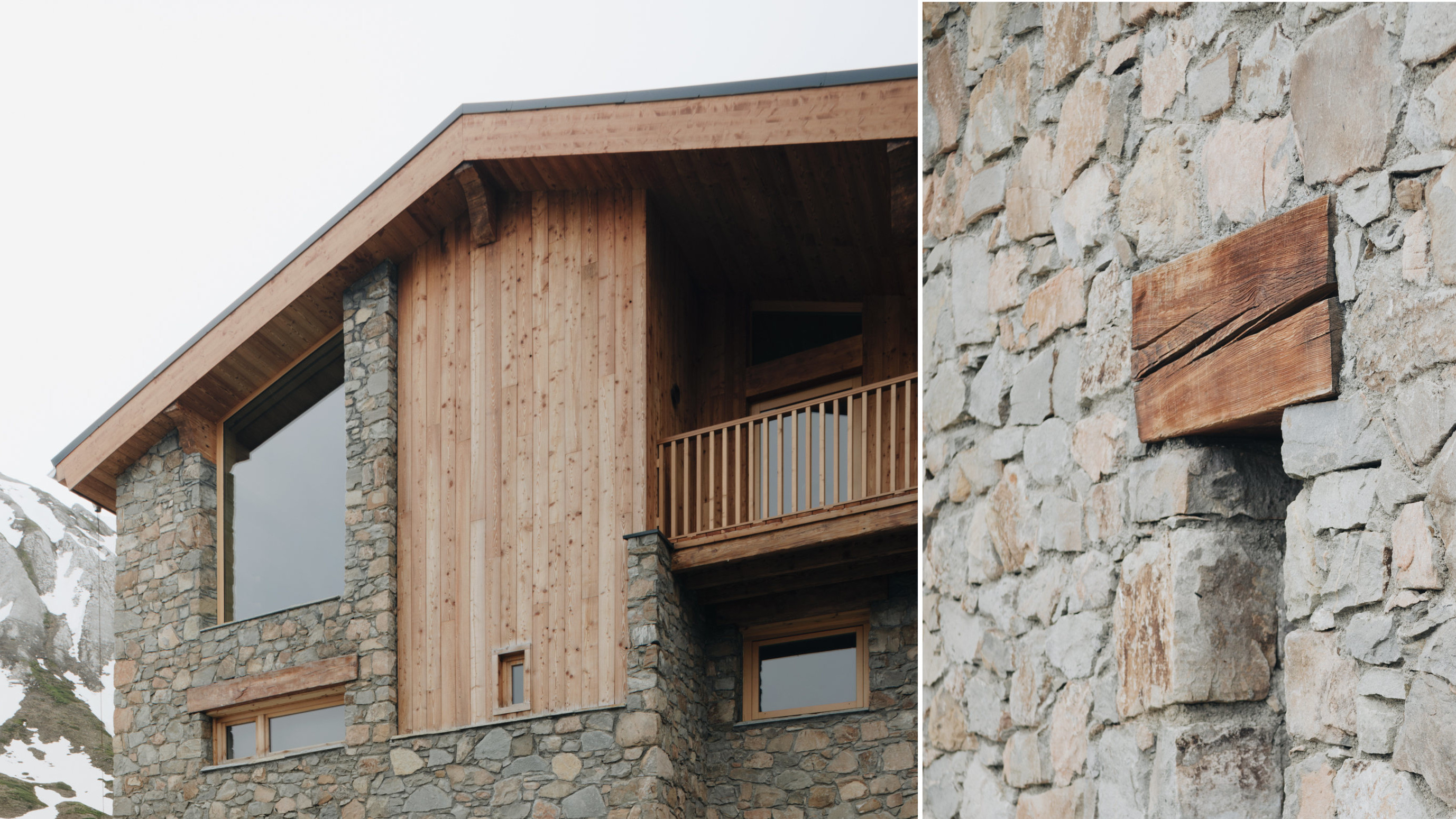 A transformed chalet by Studio Razavi redesigns an existing structure into a well-crafted Alpine retreat
A transformed chalet by Studio Razavi redesigns an existing structure into a well-crafted Alpine retreatThis overhauled chalet in the French Alps blends traditional forms with a highly bespoke interior
By Jonathan Bell Published
-
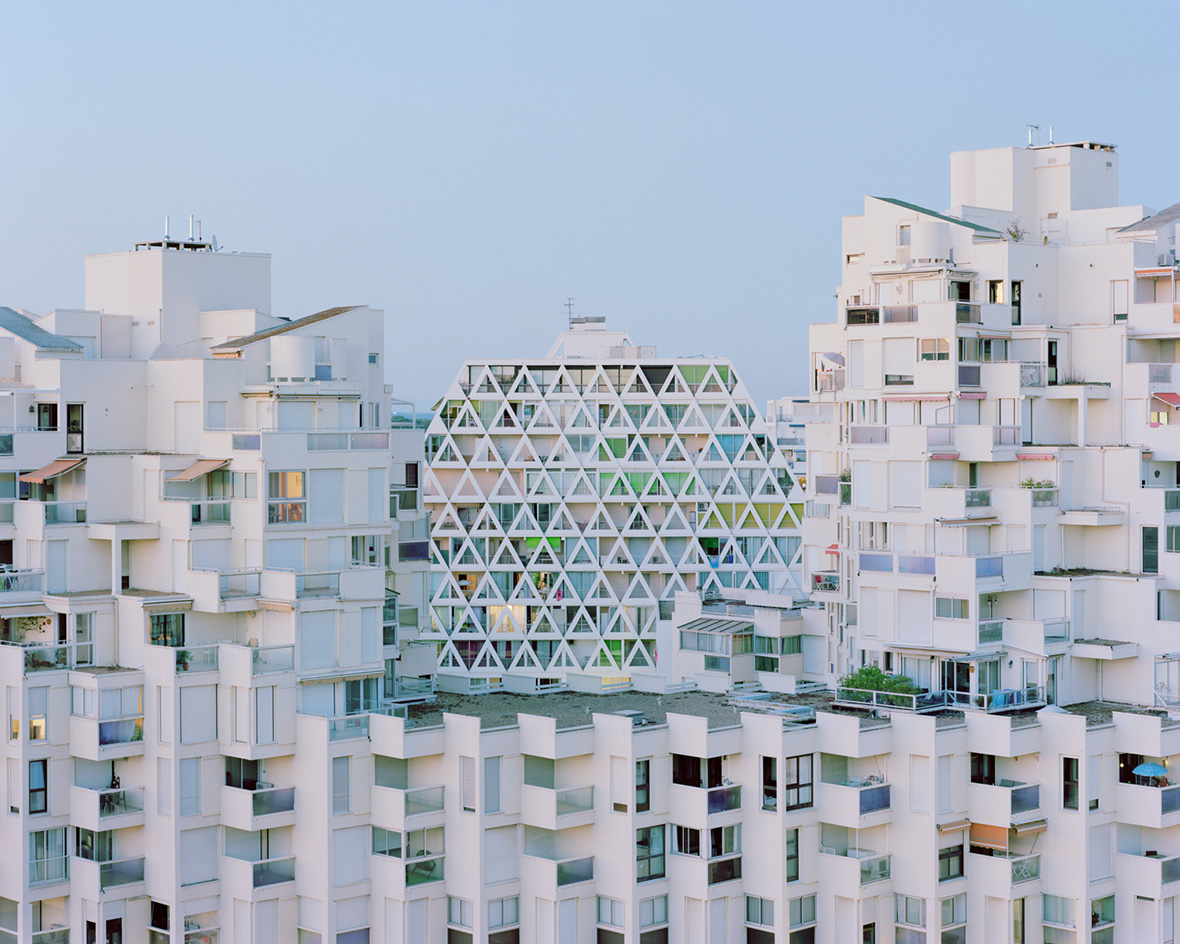 La Grande Motte: touring the 20th-century modernist dream of a French paradise resort
La Grande Motte: touring the 20th-century modernist dream of a French paradise resortLa Grande Motte and its utopian modernist dreams, as seen through the lens of photographers Laurent Kronental and Charly Broyez, who spectacularly captured the 20th-century resort community in the south of France
By Ellie Stathaki Published
-
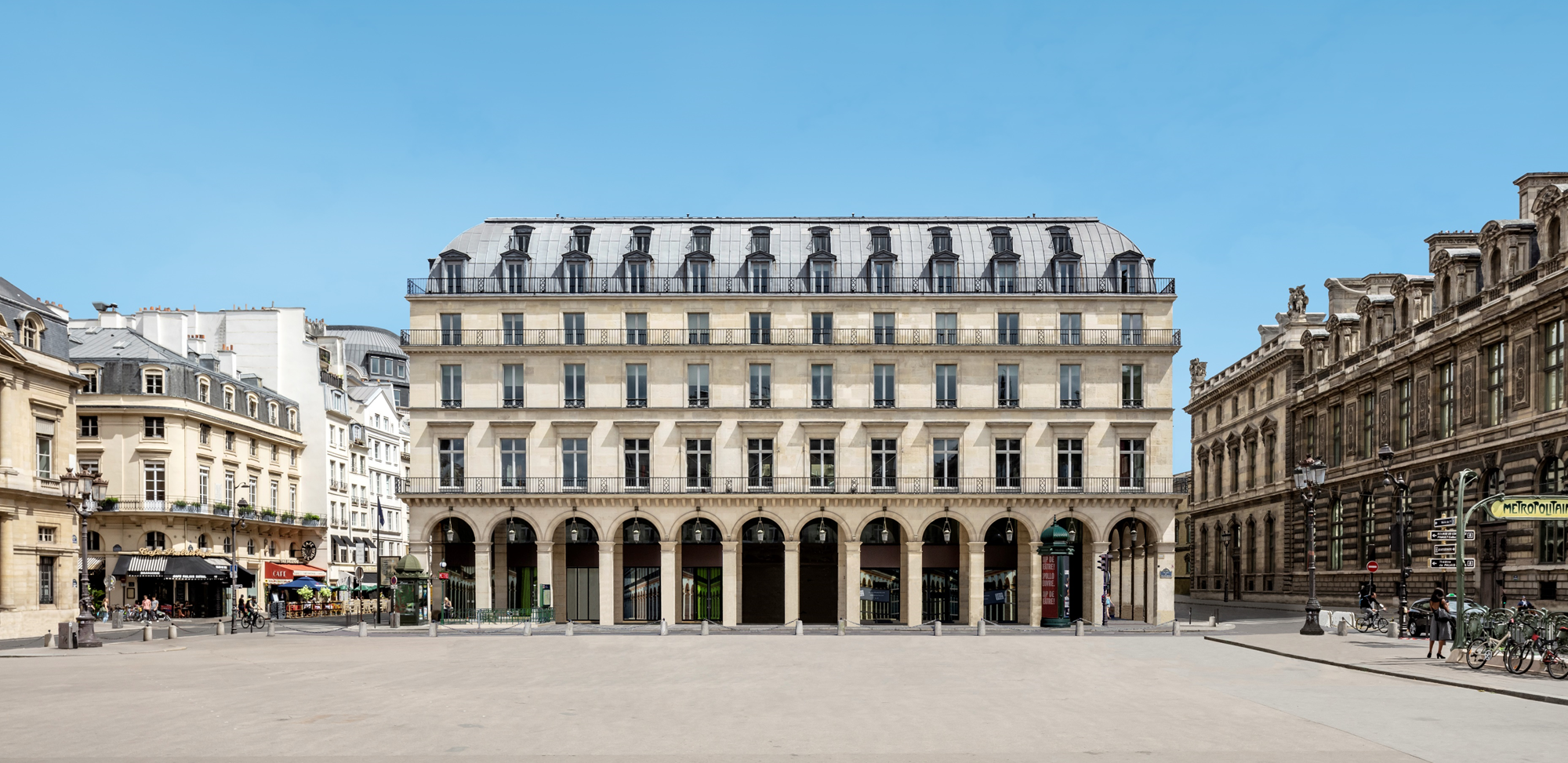 Fondation Cartier pour l’art contemporain unveils plans for new Jean Nouvel building
Fondation Cartier pour l’art contemporain unveils plans for new Jean Nouvel buildingFondation Cartier pour l’art contemporain has plans for a new building in Paris, working with architect Jean Nouvel
By Ellie Stathaki Published